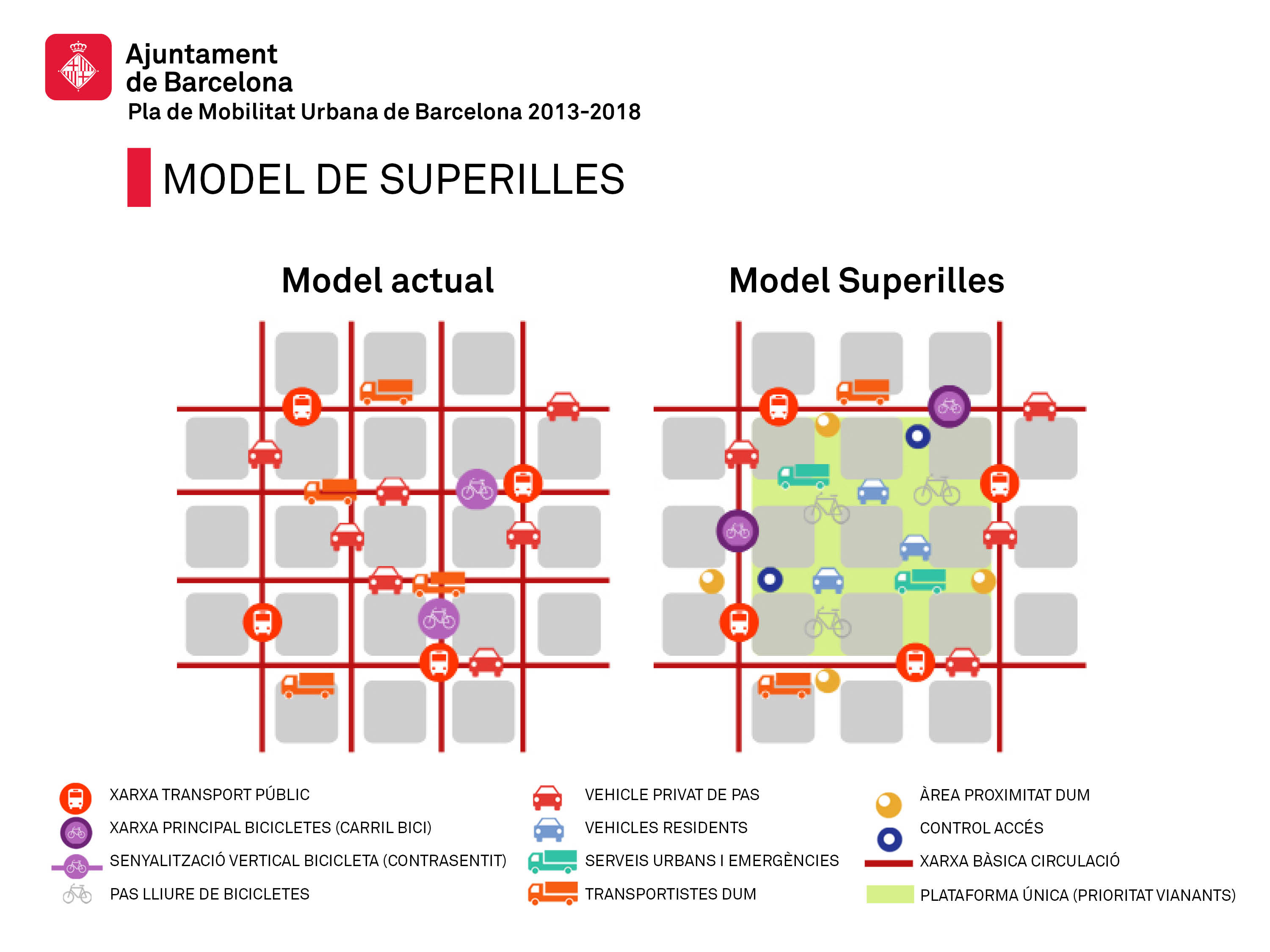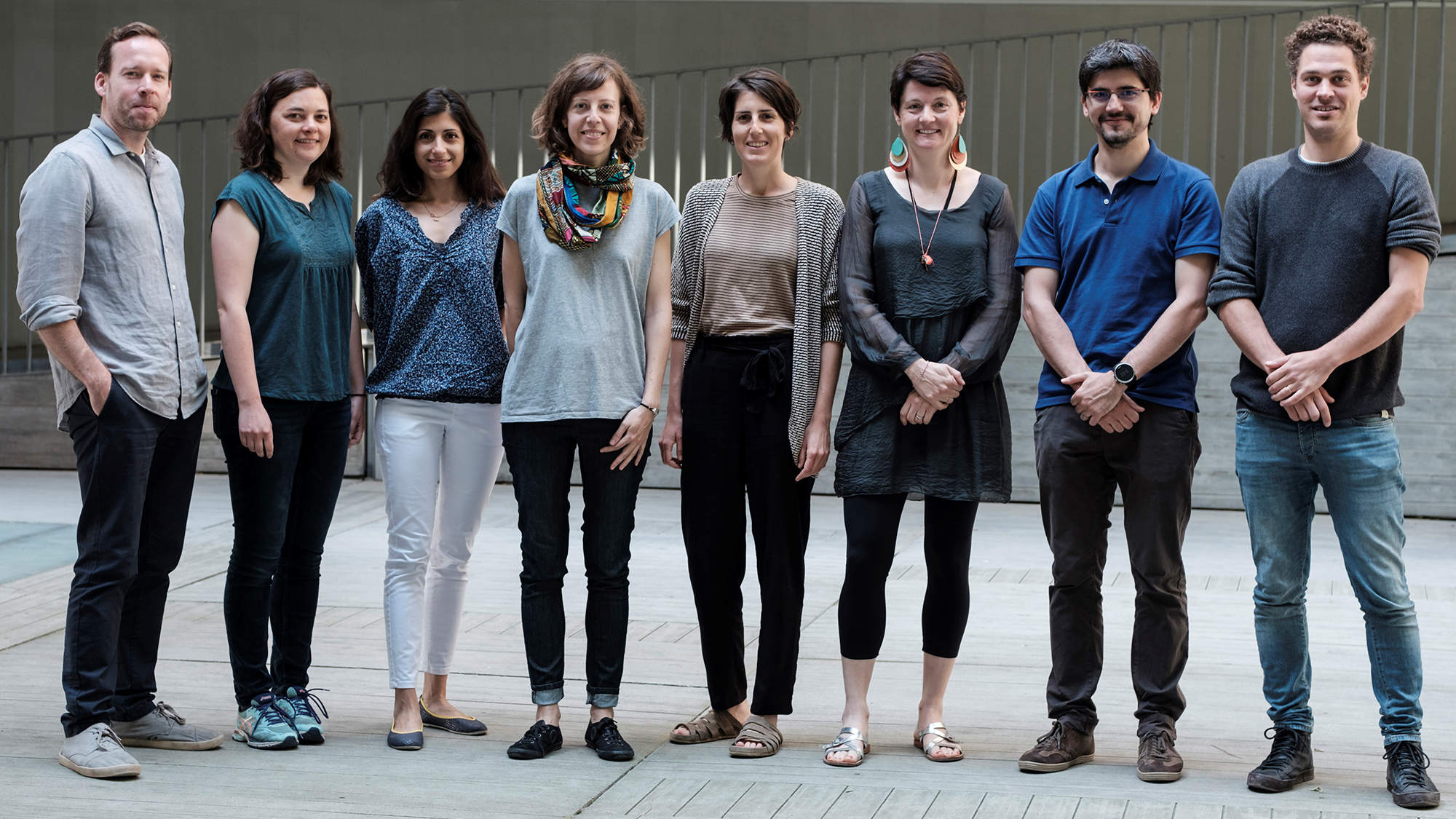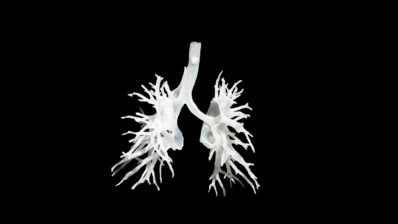Isabelle Anguelovski’s group could be considered an island within the Biomedical Research Park of Barcelona (PRBB). Unlike many of the researchers at the park, most of the members of the group come from the social sciences: geography, economy, sociology, and urban and environmental planning, with just two from the field of public health. This could be considered a disadvantage but, in fact, the opposite is true. Incorporated into the PRBB in 2016 from the ICTA at the UAB, a university the group is still affiliated with, they have tightened up their ties with researchers from the Barcelona Institute for Global Health (ISGlobal) and the Hospital del Mar Medical Research Institute (IMIM). “Like us, they work towards achieving healthy green cities, with low levels of environmental pollution and access to healthy food, as well as closing the gaps in public health, but from different perspectives, as they are cardiologists, epidemiologists, and so on. Also, being in the PRBB allows us to more easily attract health science researchers”, explains Anguelovski.
“(We) work towards achieving healthy green cities (…) as well as closing the gaps in public health”
Isabelle Anguelovski
Green gentrification
The Anguelovski lab works on so-called urban environmental justice, studying how creating green cities differentially impacts various groups of the population and evaluating, in particular, whether environmental assets benefit a city’s most marginalised residents. “Creating green spaces or infrastructures could be socially negative. The paradox could be that, when a depressed area is improved with green infrastructures, it also becomes attractive for the middle and upper classes, so rents rise, the original residents can no longer afford them, and they are forced to leave their neighbourhood. This is known as green gentrification”, explains the group leader.
That is why these new spaces are called GreenLULUS (Green Locally Unwanted Land Uses). To prevent them, equality, and not just equity, policies must be promoted, “this means covering the entire region with green spaces, even micro-spaces, as has been done in Nantes and Valencia, thus avoiding the appearance of focal points that people want to move in to, as has happened in Diagonal Mar park in Barcelona, with the consequent rise in housing prices”, says the ICREA professor.
“There are other alternatives for avoiding green gentrification, but all of them converge on offering housing at affordable prices or improving urban land use control”
Barcelona’s Superblocks
An interesting idea for transforming Barcelona into a green city is the council’s superblocks plan. Anguelovski’s team is part of this project’s advisory board, which seeks to reconfigure the traffic to minimise car transit on the streets within a nine-block radius, in order to create public and green spaces that can be enjoyed by pedestrians.
Up to five superblocks are planned for 2018, but the final objective is 503, since they are also meant to reduce the high level of pollution in Barcelona. However, this goal will not be achieved just with superblocks. “They must be implemented together with a better suburban commuting network because, as ISGlobal researchers have seen, most of the cars moving around the city belong to people who live outside Barcelona and perceive that the most efficient way to get into Barcelona is by car”, explains Anguelovski.
“Superblocks are a very original idea that cities like New York and London are trying to replicate. But it is necessary to develop parallel measures that prevent rent rises over a 10-year period in the streets surrounding the superblocks. This is already happening in San Antonio, a neighbourhood where the creation of a superblock coincided with the renovation of the local market”, concludes Anguelovski.









Who wrote this article ??
There’s a photo and brief biography, but no name!!
Thanks for pointint that out, the name was on the side of the article but not below with the biography, we have now corrected that!